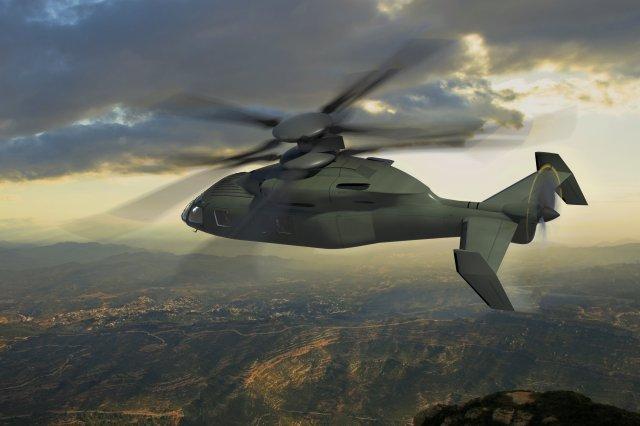The Army, supported by NASA and the Navy, is combining its areas of technical expertise to accomplish the aggressive scientific and engineering goals necessary to develop a new fleet of joint aircraft, said Ned Chase, deputy program director of science and technology for the Joint Multi-Role Technology Demonstrator/Future Vertical Lift, also known as JMR TD.
The Department of Defense is using JMR TD to design and integrate the technologies that will eventually feed into the Future Vertical Lift, or FVL, and replace the military’s vertical lift fleet with a new family of aircraft.
First flight testing is expected in summer 2017. The technologies to be integrated onto the platform should be at technology readiness level 6, or a prototype level, between 2022 and 2024.
The U.S. Army is leading the Department of Defense’s revolutionary approach to aviation development with Future Vertical Lift (FVL), an initiative to develop the next generation of vertical lift aircraft for the Joint Warfighter. Program (JWP) tenets are to improve aircraft performance and survivability, and to significantly reduce operating costs. This will help the aircraft to fly farther and faster, carry heavier payloads, be easier and less expensive to sustain, team with unmanned systems, and perform certain optionally-piloted missions. The FVL family of aircraft share common hardware such as sensors, avionics, engines and countermeasures.
Sikorsky Aircraft and Boeing were jointly producing a medium-lift-sized demonstrator they call SB-1 Defiant for phase one of the program. Now Boeing is buying Sikorsky. They will fly in 2017 and will be evaluated by the Army for further development. Sikorsky is leading the development of phase one with an aircraft based on their previous Sikorsky X2 design. Compared to conventional helicopters, the counter-rotating coaxial main rotors and pusher propeller offer a 185 km/h (115 mph) speed increase, combat radius extended by 60%, and performs 50% better in high-hot hover performance. Boeing plans to lead phase two, which is the mission systems demonstrator phase. The Boeing-Sikorsky team is seen to have an advantage, given their industrial base, the fact that their helicopter designs are the most used in the Army, and because the Army has had little interest in tiltrotor technology, like that submitted by Bell. The design will have a cruise speed of 250 kn (290 mph; 460 km/h), but less range due to using the “old” T55 engine. A new engine (the future affordable turbine engine (FATE) like on the V-280) would meet the range requirement of 229 NM (264 mi; 424 km
S97 Raider from Sikorsky. Sikorsky is being bought by Boeing
V-280 tiltrotot

Brian Wang is a Futurist Thought Leader and a popular Science blogger with 1 million readers per month. His blog Nextbigfuture.com is ranked #1 Science News Blog. It covers many disruptive technology and trends including Space, Robotics, Artificial Intelligence, Medicine, Anti-aging Biotechnology, and Nanotechnology.
Known for identifying cutting edge technologies, he is currently a Co-Founder of a startup and fundraiser for high potential early-stage companies. He is the Head of Research for Allocations for deep technology investments and an Angel Investor at Space Angels.
A frequent speaker at corporations, he has been a TEDx speaker, a Singularity University speaker and guest at numerous interviews for radio and podcasts. He is open to public speaking and advising engagements.




